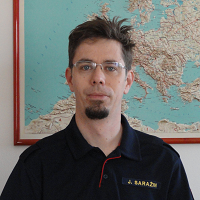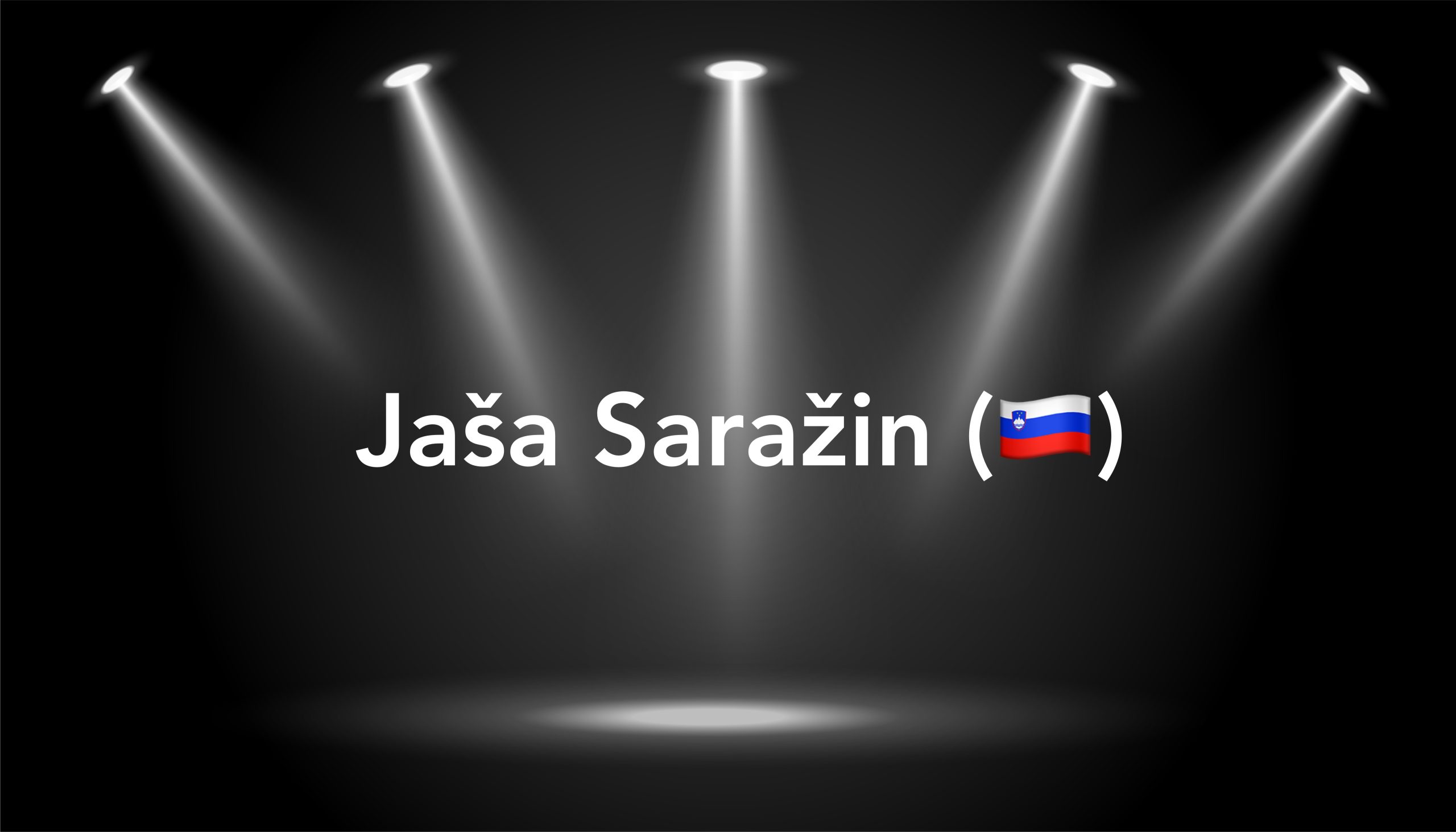
I live in a part of Slovenia that is frequently disturbed by wildfires and torrential events. For the last 15 years, I’ve been interested in mitigating these through appropriate infrastructure and technology. During my studies, I focused on fire prevention infrastructure and erosion control, and I joined the volunteer fire department. My first jobs gave me practical and academic experience, but my core research on wildfires began in 2021 when I joined the Slovenian Forestry Institute. Today, I work as a research fellow on forest infrastructure and wildfires, while also serving as a volunteer firefighting officer in my local fire department.
🔥 Challenges in Wildfire Research
As a forestry specialist and firefighting practitioner, I aim to connect two different “worlds.” My work supports decision-makers in both sectors, helping align firefighting equipment with the conditions of Slovenian forests and ensuring that fire protection infrastructure is compatible with real-world fire response operations.
🧠 What Makes My Approach Unique
I build my research around practitioners’ needs. I begin with hypotheses grounded in real-world experience and then design scientific methodologies to address them. This ensures that my research remains actionable and directly applicable to field operations.
🚒 Impact on Wildfire Management
By consistently engaging with stakeholders and providing data-driven insights, I help shift management practices. Effective combinations of fire prevention infrastructure, trained personnel, and suitable techniques can reduce wildfire size, damage, and response burden—delivering faster, more efficient containment.
🌍 Connecting with NERO
In Slovenia, fire behaviour modelling and the prediction of extreme wildfire behaviour are still overlooked. Through the Wildfire CE Interreg project, which I coordinate at my institution, we aim to close this gap. NERO provides a critical opportunity to learn from others, strengthen our modelling capacities, and collaborate with European partners to better target prevention and response strategies.
💡 Key Message
“Learn from the past to be prepared for the future.”





